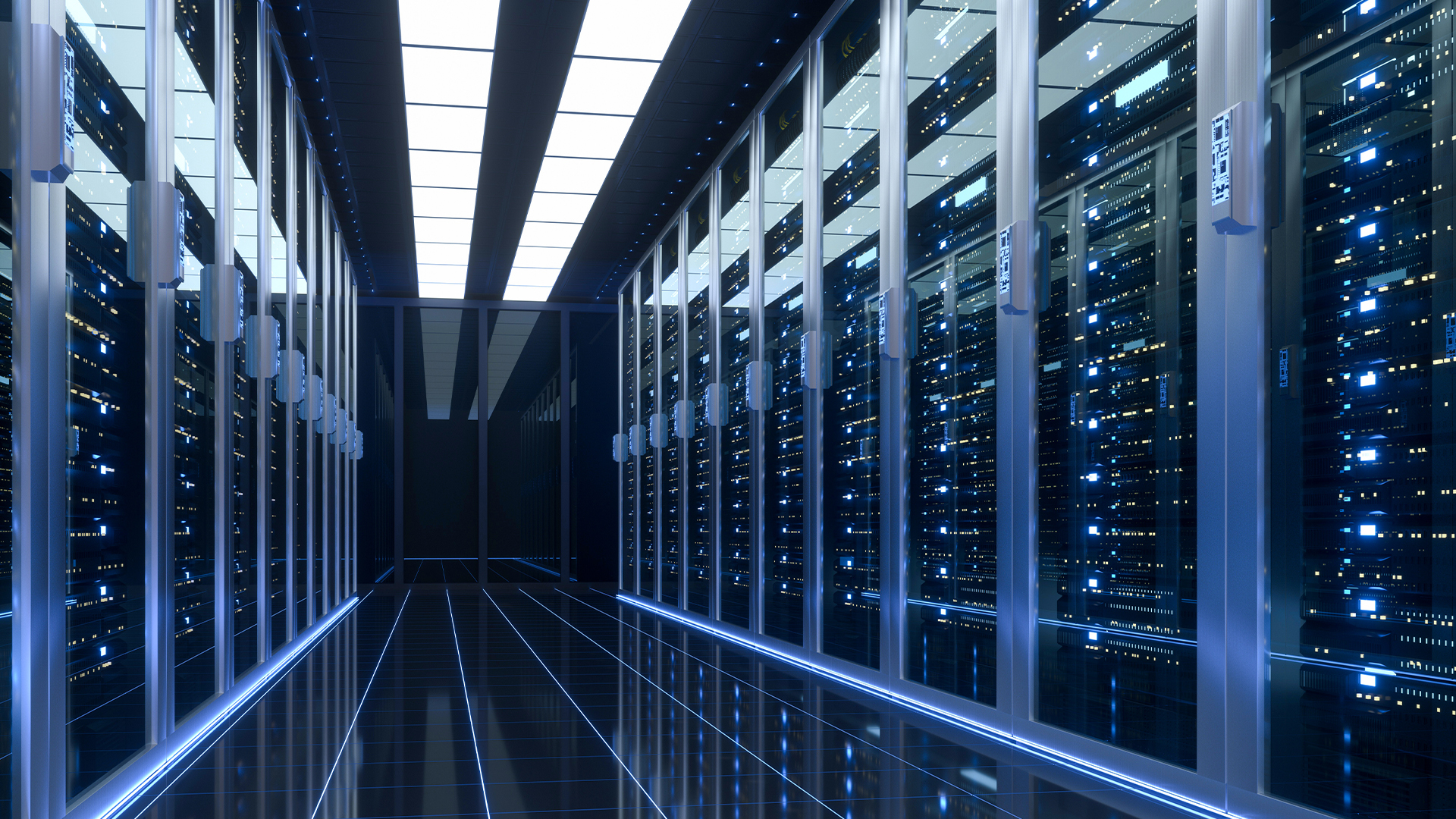High energy consumption, raw material requirements, and physical space constraints are holding back data center sustainability efforts, according to new research from Seagate.
With Goldman Sachs Research forecasting that global power demand from data centers will increase by as much as 165% from 2023 to 2030, energy usage is now a top concern for 53.5% of business leaders.
Seagate’s Decarbonizing Data report noted that rising data volumes, slowing power efficiency gains, and increasing AI adoption are piling on the pressure to balance carbon emissions, infrastructure expansion, and total cost of ownership (TCO).
“Data centers are under intense scrutiny – not only because they support modern AI workloads, but because they are becoming one of the most energy-intensive sectors of the digital economy,” said Jason Feist, senior vice president of cloud marketing at Seagate.
“This calls for a fundamental shift in how we think about data infrastructure – not as a trade-off between cost and sustainability, but as an opportunity to optimize for both.”
The report found that virtually all (94.5%) respondents reported increasing data storage needs, with 97% expecting the growth of AI to drive demand even further.
But when it comes to sustainability, while nearly 95% of respondents were concerned about the potential environmental impact, only 3.3% prioritize it in purchasing decisions.
This aligns with recent research from Cadence, which found that while 88% of data center decision makers are actively working to enhance energy efficiency, only three-in-ten believe that they’re doing enough. Only 63% are using renewable energy sources, for example.
Data center sustainability barriers grow
According to Seagate, the top barriers holding back sustainability at data centers were high energy consumption, cited by 53.5%, raw material requirements at 49.5%, physical space constraints at 45.5%, infrastructure costs at 28.5%, and acquisition costs, cited by 27%.
Notably, although 92.2% acknowledged the importance of extending the life cycle of storage equipment, only 15.5% said they consider it a top purchasing factor.
As organizations expand their data capabilities, Seagate said they face three options: improve efficiency within existing infrastructure, expand data center footprints, or migrate workloads to the cloud. Each involves trade-offs between cost, carbon, and control.
The report recommends looking at technological innovations such as liquid or immersion cooling and HVAC systems. Stronger commitments to life cycle extension and circularity were also recommended, with the company urging enterprises to ramp up refurbishing, reuse, and maintenance of storage equipment.
Similarly, accountability should be shared across the entire value chain, including vendors, suppliers, and cloud service providers.
“Sustainability cannot be solved in isolation. A holistic approach spanning infrastructure, life cycle management, and industry-wide accountability could ensure that the growth of AI and data center operations does not come at the expense of the environment,” said Feist.
MORE FROM ITPRO
Source link
